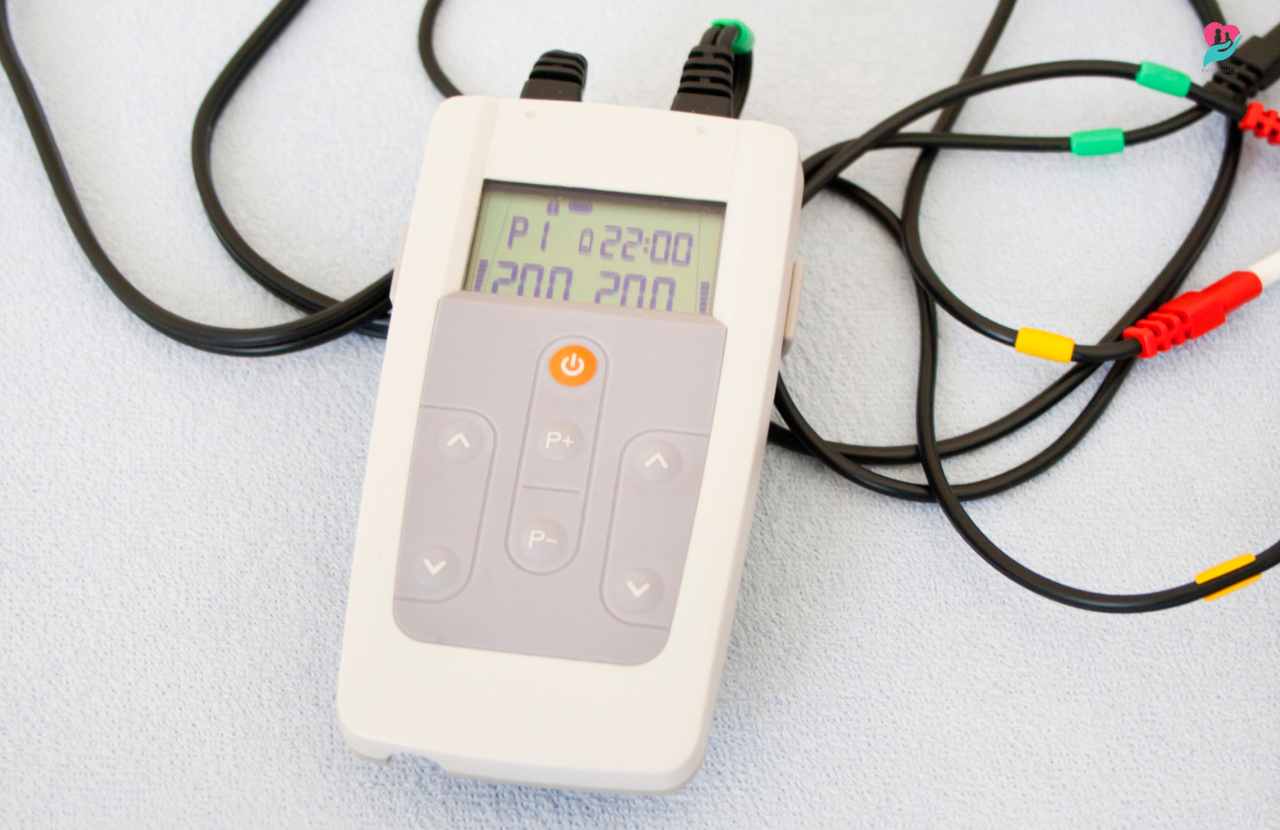TENS machines for tennis elbow are often used to relieve pain and promote healing. However, the frequency of use should be carefully managed to avoid potential over stimulation or adverse effects. As a general guideline, it is recommended to use the TENS machine for tennis elbow up to three times per day, with each session lasting around 15 to 30 minutes.
In the initial stages of treatment, using the TENS machine once or twice a day may be sufficient. If the pain persists or worsens, gradually increase the frequency to three times daily. However, monitoring how your body responds and adjusting the frequency is essential. Overusing the TENS machine can lead to skin irritation or tolerance buildup, where the effectiveness of the therapy decreases over time.
Combining TENS therapy with other appropriate treatments, such as rest, ice, gentle stretches, and strengthening exercises, is also crucial. If the pain persists despite consistent use of the TENS machine, consult a healthcare professional, such as a physiotherapist or orthopedic specialist, for a comprehensive evaluation and personalized treatment plan.
Where to put TENS pads for tennis elbow?
Suppose you are experiencing tennis elbow and are considering using a Transcutaneous Electrical Nerve Stimulation (TENS) device for pain relief. In that case, it’s crucial to consult with a healthcare professional to ensure it is a safe and appropriate treatment for your condition.
Assuming you have received proper guidance from a healthcare professional and they have recommended using a TENS unit, they should provide specific instructions on pad placement. However, generally, for tennis elbow, the TENS pads are typically placed in the following manner:
- On the affected arm: Place one electrode pad just below the elbow, on the forearm, where you feel the most pain or discomfort.
- On the opposite side: Place the other electrode pad on the upper arm of the affected side. This will ensure that the current passes through the area experiencing pain.
The placement of TENS pads may vary depending on the specific TENS unit and the severity of your condition. Always follow the instructions provided by your healthcare professional or the TENS device manufacturer.
Can physical therapy help tennis elbow?
Physical therapy can be beneficial in treating tennis elbow (lateral epicondylitis). Tennis elbow, which typically results from overuse or repetitive movements of the forearm muscles, is a condition that causes inflammation and pain in the outer part of the elbow. Despite its name, it can affect tennis players and individuals engaged in various activities involving repetitive wrist and arm movements. Physical therapy plays a significant role in the management of tennis elbow by addressing the underlying issues and promoting healing. Here’s how physical therapy can help:
Pain management
Physical therapists can use techniques such as ice or heat therapy, ultrasound, and electrical stimulation to reduce pain and inflammation in the affected area.
Strengthening exercises
A physical therapist will design specific exercises to target and strengthen the forearm muscles, which can help improve the overall function of the elbow and reduce strain on the tendons.
Stretching
Stretching exercises can help improve flexibility and reduce tension in the forearm muscles and tendons, aiding recovery.
Manual therapy
Physical therapists can use hands-on methods like massage and mobilization to help reduce pain, increase blood flow, and restore proper joint function.
Functional training
Physical therapists can assess the movements involved in a person’s daily activities or sports and guide proper body mechanics and techniques to prevent further strain on the elbow.
Bracing or taping
Sometimes, a therapist may recommend using a brace or taping techniques to support the affected area and reduce stress on the tendons during activities.
Education
Physical therapists can educate patients about proper ergonomics, activity modifications, and self-care techniques to prevent worsening conditions.
Final Words
In conclusion, the frequency of using a TENS machine for tennis elbow should be based on individual needs and preferences, as well as the advice of a healthcare professional. While there is no fixed standard, it is generally recommended to start with shorter sessions, such as 15–30 minutes, once or twice a day, and gradually increase if necessary. Monitoring how the body responds to the treatment and adjusting the frequency accordingly is essential. Additionally, incorporating other forms of treatment, such as stretching, strengthening exercises, and rest, can complement the TENS therapy for more effective management of the tennis elbow. Always consult a medical expert to develop a personalized treatment plan that optimally addresses the condition and encourages healing.

